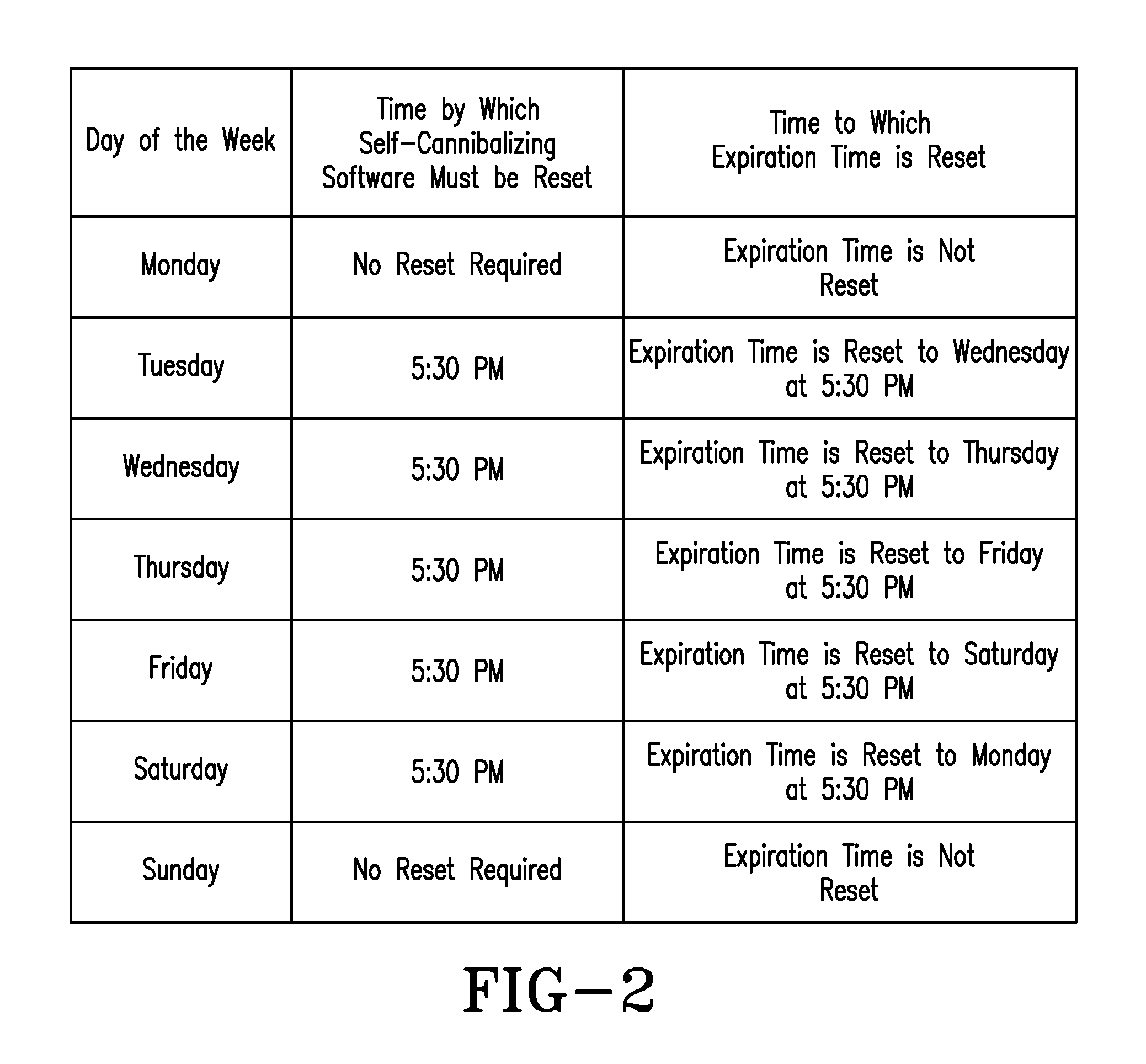Unfortunately, the mobility that makes portable electronic computing devices so valuable also renders them vulnerable and susceptible to theft.
Some have estimated that more than 600,000
laptop computers are stolen in the United States each year.
The theft of laptops generates losses of over $750 million annually.
Even more alarming, however, is the statistic reporting that the theft of the same 600,000 laptops results in an average loss of $5.4 billion in proprietary and / or confidential information contained in
electronic data files that thieves are able to remove from the stolen laptops.
Additional annual loss comes from the theft of data that has been stored on alternative types of portable electronic computing devices such as PDA's.
Recent thefts of confidential and propriety information, consisting of social security numbers,
credit card information, and other personal financial data from stolen corporate and government-owned portable computers, have left thousands at risk for
identity theft and the corporate and government entities responsible for such breaches of security potentially liable for untold damages.
While mobility makes portable electronic computing devices vulnerable to theft, it also makes business owners of portable electronic computing devices who issue them to employees vulnerable to the consequences resulting from an inability to locate, inventory, secure, and recover electronic data generated by and stored on portable electronic computing devices issued to employees.
This inability to locate, inventory, secure, and recover electronic data stored on portable electronic computing devices issued to employees has recently manifested itself in terms of potential liability that can result from failure to produce
documentation contained on electronic computing devices in response to litigation discovery requests in Federal and state courts.
New discovery rules issued by Federal and state courts impose harsh penalties—and in some cases practically insurmountable burdens of proof—upon litigants unable to produce electronic data stored on portable electronic computing devices.
Unfortunately, it is possible to circumvent passwords by
trial and error, use of specialized software, or other methods of entry.
The shortcoming of these systems is that because the portable electronic computing devices will not operate without the keys in place, thieves often times find the keys still located within the computers, or conveniently nearby, thus breaching security.
The inherent problem with all of these systems, which are based upon making the portable electronic computing devices physically inaccessible, is that they eliminate the most attractive feature of the portable electronic computing device, that being its mobility.
Additionally, if a thief is only after the confidential or proprietary information on the portable electronic computing device and not the computer itself, it will be possible in many instances for a thief to download and access electronic data from an unattended portable
electronic computer onto a disk or other portable electronic data storage vessel.
The problem with an internet alert based
security system is it requires the portable electronic computing device to access
the internet before the device can be tracked and the electronic data rendered inaccessible.
The inherent
weakness in the security systems in the known art is that the electronic data stored on stolen or misplaced portable electronic computing devices can and often does remain intact and vulnerable to breach for an unlimited period of time.
Consequently, portable electronic computing device owners, authorized operators, or users remain at constant risk that proprietary or confidential information stored on their devices will be compromised in the event of theft or misplacement of the devices.
In those instances in which the proprietary or confidential information consists of personal financial information, such as social security,
credit card, and financial account numbers, the portable electronic computing device owners also remain at constant risk for the potential imposition of substantial legal liability that could result if such stolen personal financial information is used to perpetrate
identity theft and fraud upon those whose sensitive data was stored on the portable electronic computing device.
While the disclosed system and method may increase the awareness of the owner, authorized operator or user of an electronic computing device in regards to the whereabouts of the electronic computing device, the system and method may protect an electronic computing device even if the owner, authorized operator or user is unaware the electronic computing device has become the victim of a theft or fails to timely report the theft.
Additionally, if an electronic computing device has been stolen, the disclosed system and method may prevent the electronic data stored within the electronic computing device from being accessed, altered, amended, computed, displayed, manipulated, printed, processed, read, replicated, retrieved, restored, transferred, and transmitted, etc., regardless of whether or not the responsible thief uses the device to access
the internet.
 Login to View More
Login to View More  Login to View More
Login to View More 


